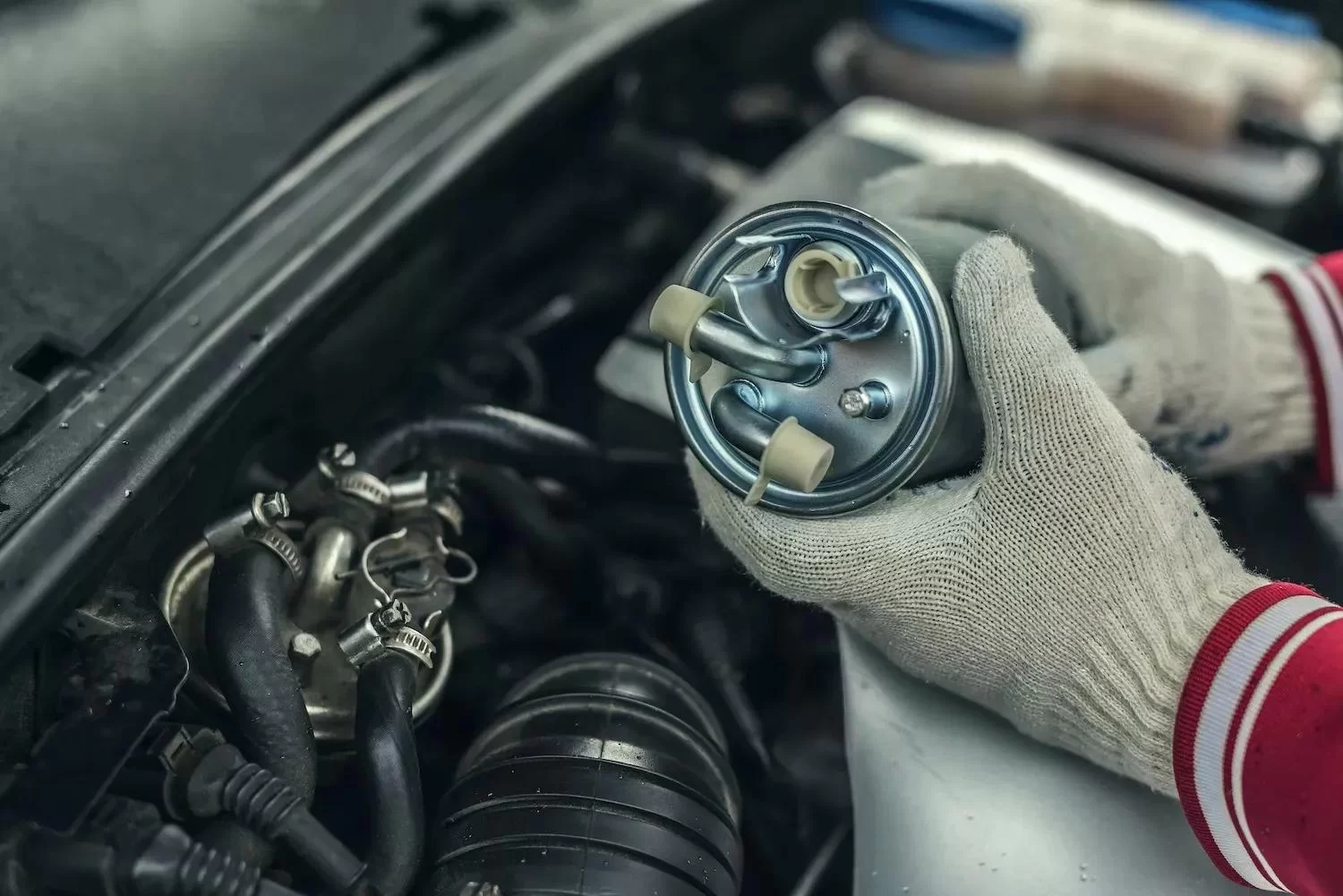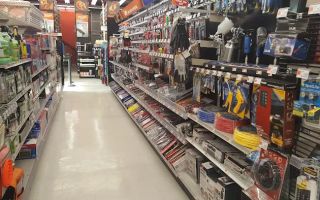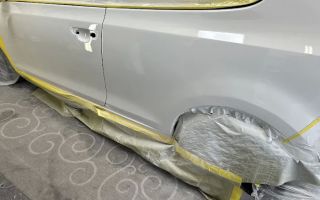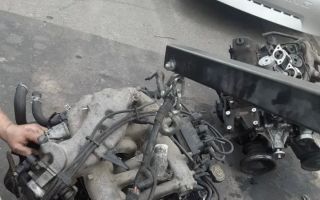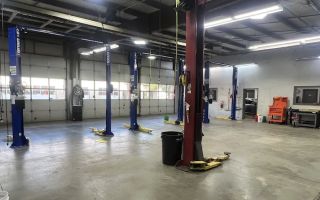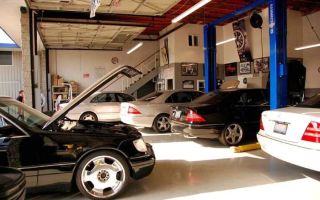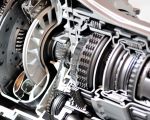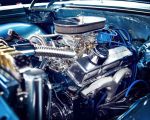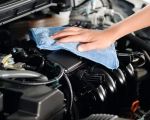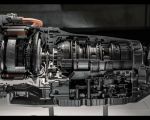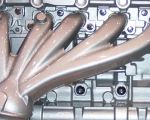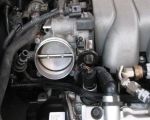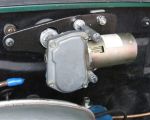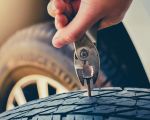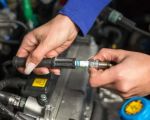It was a cold morning when I first noticed something was off with my car. The engine sputtered, and the car felt like it was struggling to accelerate. It wasn’t a pleasant feeling, especially when I had places to be. I pulled over and thought about what could be the cause. After checking the usual suspects like the fuel gauge and tire pressure, I realized the issue might be something a bit more technical—a clogged fuel filter. I’ve had my share of car troubles before, but this one seemed like it could be a simple fix if I tackled it the right way. In this article, I’ll walk you through my experience and explain what I learned about fixing a car with a clogged fuel filter.
1. Understanding What a Fuel Filter Does
Before I dove into fixing the issue, I had to remind myself exactly what the fuel filter is doing for my car. The fuel filter plays an essential role in the fuel system. It’s responsible for trapping any dirt, rust, or other contaminants from the fuel before they reach the engine. If the filter becomes clogged, it can restrict the flow of fuel to the engine, causing performance issues. The more I understood how vital the fuel filter was to the overall function of the car, the more I realized that this simple component was key to my car’s performance. Without a properly functioning fuel filter, my engine could suffer long-term damage, so replacing or cleaning it was essential.
2. Signs That My Fuel Filter Might Be Clogged
One of the first things I noticed was a lack of power when accelerating. The car seemed to hesitate and felt like it was struggling to keep up. This was a red flag. Other common signs of a clogged fuel filter include:
- Difficulty starting the car or stalling after it starts
- Engine misfires or sputtering during acceleration
- Poor fuel economy, where I noticed my fuel consumption had suddenly increased
- Reduced engine power or a noticeable decrease in acceleration
- A rough idle or poor performance when idling
Since I was experiencing the sluggish acceleration and rough idling, it seemed like the fuel filter was the culprit. I also recalled that it had been quite a while since I last replaced it—definitely longer than the recommended interval. After checking the owner’s manual, I confirmed that a clogged fuel filter could very well be the issue I was dealing with.
3. How to Diagnose a Clogged Fuel Filter
At this point, I had an idea that the fuel filter was clogged, but I wanted to be sure before jumping into any repairs. There are a few ways I could test this:
- Fuel Pressure Test: I could use a fuel pressure gauge to measure the pressure in the fuel system. A low reading would indicate that the fuel filter is clogged and is restricting the flow of fuel. Since I didn’t have a fuel pressure gauge, I decided to proceed with the assumption that the issue was likely the filter, given the symptoms.
- Visual Inspection: If I were to replace the fuel filter, I could inspect the old one for signs of clogs, such as visible dirt or debris in the filter itself. This would confirm my suspicion, but I wouldn’t know for sure until I took a closer look.
4. Preparing for the Repair
Once I was confident that the clogged fuel filter was the issue, I knew I had to get to work. The repair itself isn’t too difficult, but it’s a bit tricky if you’ve never done it before. Here’s what I did to prepare:
- Gathering the Necessary Tools: I made sure I had the right tools for the job, including a wrench, screwdriver, and a replacement fuel filter. The car’s manual helped me find the exact specifications for the filter and the location of the fuel filter. Some cars have the fuel filter in easy-to-reach locations, while others might require me to remove other components to access it.
- Safety Precautions: Working with fuel can be hazardous, so I made sure I took the proper precautions. I wore gloves to avoid direct contact with fuel, and I worked in a well-ventilated area away from any open flames or sparks. I also disconnected the car’s battery to avoid any electrical mishaps while handling the fuel system.
5. Replacing a Clogged Fuel Filter
The replacement process is relatively straightforward, but I had to make sure I followed the steps carefully. Here's what I did:
Step 1: Relieve the Fuel Pressure
Before starting, I relieved the fuel system pressure. This is essential to avoid fuel spillage when disconnecting the fuel lines. I did this by locating the fuel pump fuse or relay and removing it. Then, I started the car and let it run until it stalled, which relieved any pressure in the fuel lines.
Step 2: Locate the Fuel Filter
In my car, the fuel filter was located under the car near the fuel tank. To access it, I raised the car with a jack and placed it on jack stands. If your car has a similar setup, make sure to use proper safety equipment to lift the car securely.
Step 3: Disconnect the Fuel Lines
I used a wrench to disconnect the fuel lines from the filter. I was careful when doing this because fuel would leak out once the lines were disconnected. I had a rag handy to catch any spillage and reduce the mess. Some cars have a quick-connect fuel line fitting, which might require a special tool to disconnect. I made sure to check the manual to ensure I had the right tools for my car.
Step 4: Remove the Old Fuel Filter
After disconnecting the fuel lines, I unscrewed the mounting bracket or bolts that held the fuel filter in place. Once the filter was free, I removed it and set it aside. At this point, I could visibly inspect the filter for any signs of clogs or debris. The filter in my car was noticeably dirty, which confirmed that it was the source of the problem.
Step 5: Install the New Fuel Filter
With the old filter removed, I installed the new one by reversing the process. I made sure to orient the filter correctly, as most filters have an arrow indicating the direction of fuel flow. Once the new filter was in place, I reconnected the fuel lines securely and tightened the mounting bolts. I double-checked to ensure everything was tightened properly to avoid any leaks.
Step 6: Test the System
After everything was back in place, I reconnected the battery and turned the ignition to the "on" position without starting the car. This allowed the fuel pump to pressurize the system. I checked for leaks around the fuel filter and fuel lines to ensure everything was secure. When I was satisfied, I started the car and let it idle for a while to see if the performance improved. The engine ran much smoother, and I didn’t experience any of the hesitation I had before. Success!
6. When to Seek Professional Help
Replacing a clogged fuel filter is a manageable task for most DIYers, but I know when it’s time to call in the pros. If I encounter any issues during the replacement process, such as difficulty disconnecting fuel lines or problems with the fuel pump, I might consult a mechanic. Similarly, if I’m not comfortable working with fuel, I can always rely on services like Rescue & Towing for expert help. They can provide roadside assistance or tow my car to a shop if needed.
7. Preventing Future Clogs
After replacing the fuel filter, I wanted to ensure that I wouldn’t face the same problem again soon. To prevent future clogs, I made sure to use high-quality fuel from reputable gas stations. I also planned to replace the fuel filter at regular intervals as recommended in the car's owner’s manual. Keeping the fuel system in good condition by regularly maintaining the fuel filter can help prevent performance issues down the road.
By understanding the role of the fuel filter and learning how to replace it myself, I saved both time and money. It’s one of those car repairs that isn’t too difficult but can make a huge difference in my car’s performance. If you're dealing with a clogged fuel filter, don’t hesitate to get your hands dirty—just remember to follow safety precautions, and if you need help, services like Rescue & Towing are just a call away.

